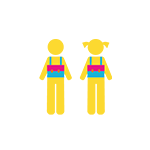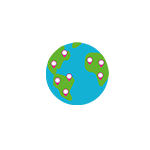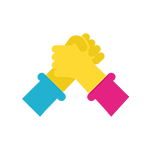GENDER
Gender is an essential approach in development projects, both from a conceptual point of view (respect of human rights) and from an operational point of view to ensure the efficiency of interventions. This concern reflects the values espoused by Sister Emmanuelle and Asmae; it follows their ideal of justice, non-discrimination, and respect.
A study on gender consideration was conducted on three projects in Burkina Faso, Lebanon, and the Philippines from 2019-2020 (with the support of F3E and the French Development Agency). The study’s conclusions show the need for Asmae to reinforce gender consideration on three levels:
- Institutional, using tools to create a framework for gender to be integrated into interventions;
- For partnerships, with a process of ability and skill strengthening on the subject;
- Operational, within projects implemented by partners, with the support of Asmae’s teams.
The promotion of gender equality is also integrated into new projects and partnerships in a more systematic way. In France, for example at Chrysalide, we welcome women who have a history of vagrancy or have experienced sexual violence or abandonment in their childhood. Because by protecting mothers, we protect children. On an international level, the Cap Jeunesse project, launched in January 2021, also helps combat gender-based violence against young people. Child protection players are trained by Asmae to integrate gender into their care work. This project also aims to develop young people’s capacity to take action in order to put an end to violence in schools, at home, and in their communities.
For more information about gender integration at Asmae and our commitment to equality, read our Gender Equality Policy.










